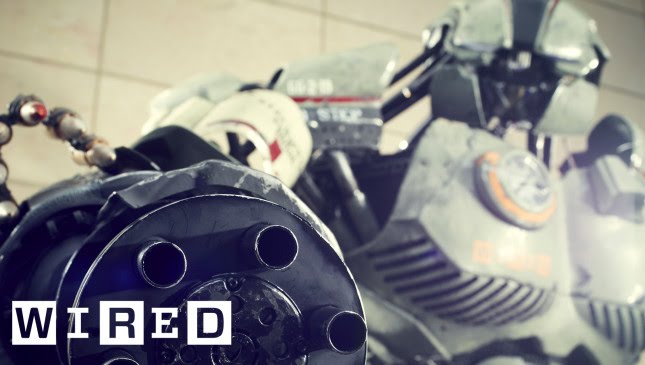Exploring the Herding Group of Dog Breeds
Summary
This article delves into the fascinating world of herding breeds, exploring the various unique features of different breeds and their historical background. The article also highlights the different sub-groups of dog breeds and provides information on the American Kennel Club’s list of recognised breeds.
Table of Contents
- Hound and Sight Hounds
- The Herding Group
- Belgian Breeds
- Welsh Corgis
- Collies and Shetland Sheepdogs
- Scandinavian Breeds
- Hungarian Breeds
- Bergamasco and Canaan Dog
- Other Breeds in the Herding Group
- Sporting and Non-Sporting Groups
- Tibetan, Chinese, and African Breeds
- Conclusion
Introduction
Dogs have been bred for various purposes throughout history, including hunting, guarding, and herding. The Herding group of dog breeds is known for their ability to move livestock such as sheep and cattle from one point to another. This group has unique features that make them highly suited for their jobs, including their gait and physical attributes. This article explores the different Herding breeds, their unique features and backgrounds.
Q&A
Hound and Sight Hounds
Q: What breeds fall under the Hound and Sight Hound sub-groups?
A: The Hound group is divided into Scent Hounds and Sight Hounds. Scent hounds such as the Basset Hound, Blood Hound, and Beagle are bred for their exceptional sense of smell. Sight hounds like the Afghan Hound, Saluki, and Borzoi, on the other hand, are fast and agile dogs built to hunt by sight rather than smell.
The Herding Group
Q: What is unique about herding breeds?
A: Herding breeds are known for their unique gaits, which differ depending on their function. For instance, some breeds have stilted gaits, which means they are pushing or pulling, while others have a lot of extension in their gait to cover a lot of ground.
Q: How many breeds are in the Herding group?
A: The Herding group has 31 breeds that were originally part of the Working group before being split off in 1983.
Q: What is the origin of herding breeds?
A: The breeds in the Herding group were developed to move livestock such as sheep and cattle from one point to another. Some breeds in the group have been around for centuries, while others are relatively new. They have unique features and skills that make them highly effective at their jobs.
Belgian Breeds
Q: What are the Belgian breeds?
A: The Belgian group consists of breeds from different regions in Belgium that have different coat textures and coloring based on their terrain and working conditions. They are highly skilled herding dogs bred to work in various environments.
Welsh Corgis
Q: Where do Welsh Corgis originate from?
A: The Cardigan Welsh Corgi and Pembroke Welsh Corgi are both from Wales and were originally used for herding cattle. They are small but sturdy dogs with excellent herding abilities.
Collies and Shetland Sheepdogs
Q: How popular are Collies and Shetland Sheepdogs?
A: Collies have been part of the Westminster Dog Show since the 1800s. Both Rough Collies and Smooth Collies have participated in various dog shows. Shetland Sheepdogs, sometimes called Shelties, are miniature herding breeds that are highly trainable and excel in various dog sports.
Scandinavian Breeds
Q: What are some of the Scandinavian herding breeds?
A: Scandinavian breeds were also developed as herding dogs that were bred to herd in different ways and climates. This accounts for their varying sizes and coats. Some examples of Scandinavian herding breeds include the Icelandic Sheepdog and Norwegian Lundehund.
Hungarian Breeds
Q: What can you tell us about the Hungarian Puli and Pumi breeds?
A: The Hungarian Puli and Pumi breeds are known for being tough herding dogs but can have different coats and ear types. They are highly intelligent and require daily exercise and mental stimulation.
Bergamasco and Canaan Dog
Q: What makes Bergamasco breed unique?
A: The Bergamasco has a thick corded coat made of three different types of hair and works closely with its owner to ensure flock safety. It is a hard-working dog that is highly respected for its herding abilities.
Q: What are some traits of the Canaan dog?
A: The Canaan dog has a strong, effortless gait and can cover a lot of ground with ease. It is a loyal dog with a sharp mind and a fierce determination to protect its family.
Other Breeds in the Herding Group
Q: What are some other breeds in the Herding group?
A: Other breeds in the herding group include the Old English Sheepdog, Entle Bouguer Mountain Dog, German Shepherd Dog, Polish Lowland Sheepdog, Pyrenean Shepherd, and Spanish Water Dog. Each breed has unique characteristics and skills that make them highly skilled herding dogs.
Sporting and Non-Sporting Groups
Q: What is the Sporting group?
A: The Sporting group is comprised of dogs originally bred to hunt. They are skilled at tracking, pointing, retrieving, and flushing out game.
Q: What is the Non-Sporting group?
A: The Non-Sporting group is diverse, made up of a range of breeds that don’t fit into the other groups. This group includes bulldog-related breeds with smushed faces, spitz breeds with upright ears and fox-like faces, and the poodle with its famous pom-poms.
Tibetan, Chinese, and African Breeds
Q: What are some Tibetan, Chinese, and African breeds?
A: Breeds from Tibet, China, and Africa are also described in the text, including breeds like the Lhasa Apso, American Eskimo, Skipper Key, and Shiba Inu. These breeds have unique backgrounds and physical attributes that make them highly distinctive.
Conclusion
In conclusion, the Herding group is made up of various breeds that have unique features and qualities that make them highly effective at herding livestock. From the Welsh Corgis to Collies and Shetland Sheepdogs, Belgian Breeds, and Hungarian Breeds, each breed has a rich history and unique attributes that make them well suited for their respective roles. Whether you’re looking for a herding dog or not, learning about these fascinating breeds is an informative and fascinating experience for anyone who loves dogs.







